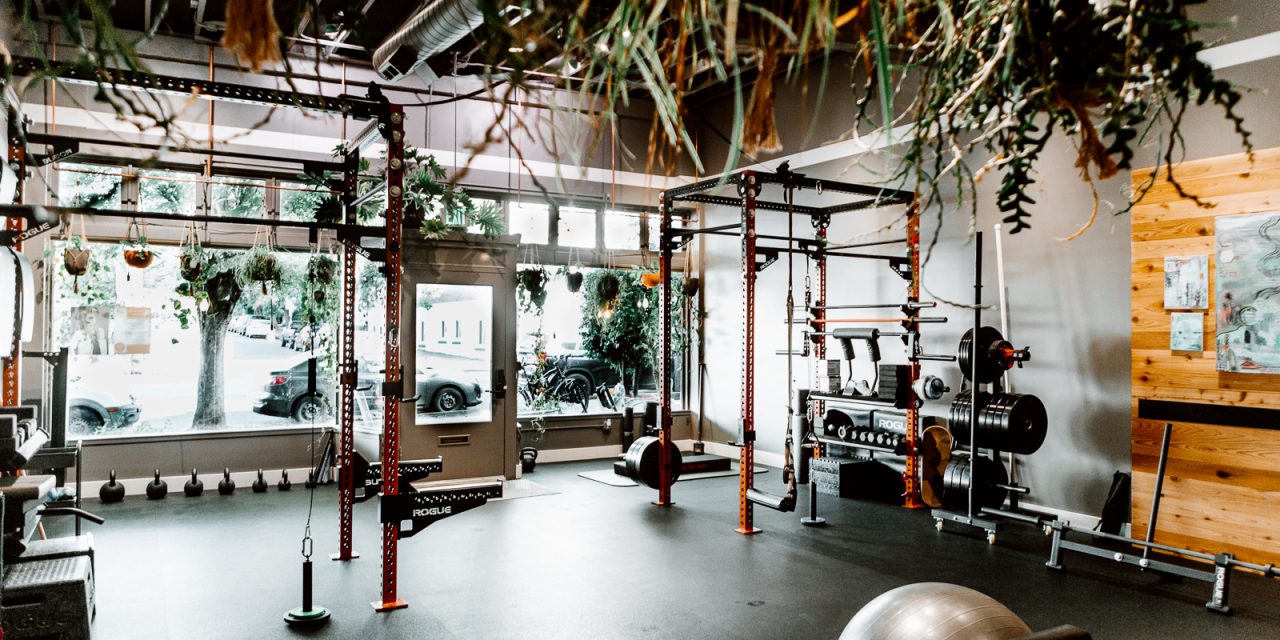Chronic Pain Needs a New System
Writing this blog has been a challenge and the challenge is writing about a subject that has been framed poorly by medicine as a whole. Current medicine and popular thought will often try to look at what part is not working well or broken, and attempt to fix that part. There is a significant amount of logic to this: if a bone is broken it needs to be set and held together so it can heal. The line of thinking is also very illogical at the same time, especially when it comes to chronic pain. There are two major faults here:
- In the absence of blunt force trauma (think car accident or a big fall) why is that part damaged?
- Fixing the broken part often does not remove the pain
What we are really running into is the need for two different systems of medicine: Pathoanatomic and Pathokinetic. Pathoanatomic medicines evaluates and treats tissue that shows signs of damage or inability to perform normal tasks and tries to repair it. Pathoanatomic medicine is more interested in addressing what made that tissue become damaged in the first place. All of current medicine is based around the pathoanatomic model. It is so pervasive that there is no ability for our clinic to use diagnostic terms to describe what we are treating because no naming system exists for it. Low Back Pain, Strain of the Long Head of the Biceps Tendon, or Sprain of Anterior Cruciate Ligament of Left knee are all billable and recognized terms in the medical field. This creates a serious set of blinders for many doctors and patients alike.
What is most important to every patient and doctor is not what is damaged but why it is damaged.
Diagnosing what is damaged is a very easy process. Often times all we need to do is listen to patients, ask many questions, and the patients will be fairly accurate in their pathoanatomic diagnosis. Current medical vernacular just requires that our clinicians take what you said and spin some latin in there.
“Hey Doc, my left elbow hurts on the outside when I use my arm” = Lateral Epicondylitis of Left Elbow
Now that we have that diagnosis comes the most important part; How do we fix it and why did it happen? This process of diagnosis is pathokinetic in nature and modern medicine has no language for this. In our clinics we need to create our own language system to describe very logical and observable problems in motion that would create very logical and observable insults to the mechanical system of the body. Put simply, how you are using your left arm is creating damage to the outside of your left elbow. If you replace a damaging pattern with a non-damaging pattern, the pain will go away because the damage will no longer be present. This line of thinking is immediately accessible to all of our patients because of how simple and obvious the problem becomes when evaluating pain this way.
Chronic Pain is either Biomechanical or it’s something else
There are many conversations that can be had about Chronic Pain. We would like to start by highlighting that pain can mean many different things and have many different sources. In our mind, there are two major categories of pain:
- Biomechanical Pain
- All other Pain
The latter can seem like a cop-out category, but will make more sense with a better mental framework. We define biomechanical pain as pain experienced with a body in use and in motion. Biomechanical pain is relatively predictable, generally focused around a joint or region, and can increase or decrease with how you live your life on a daily basis. Biomechanical pain generally responds well to some things and not well to others. We can move further to define Biomechanical Pain as pain resulting from habitual mechanical insult to an organic system. While the body is a marvelous thing, it is at the same time a mechanical thing. It has lever arms and pulley systems. It experiences torque, sheer, drag, overload, and alignment issues. Most of these terms are more at home when talking about fixing your car then fixing your body, but a body is as mechanical as an automobile. It is the violation of this mechanical system and the pain it creates that we are most interested in at Move Better Chiropractic.
In our opinion, most chronic pain is a Pathokinetic problem
This notion of mechanical pain is familiar to many of our patients. The pain simply feels like a body pain. For comparison think of the way your body can ache when you have the flu versus when you have used your body thoroughly for exercise or work. The former has a different feeling and sensation and a distinct notion that this pain is not related to a long day of work or bending over awkwardly. While we have many long standing patients, none of them would come to us to help them with their fever or congestion or a sore throat. We all know that there is a different medicine needed for this. But we all equally know when medication is not the answer to our pain, especially when it is chronic pain.
We have also ordered the above list with Biomechanical Pain as first and all other pain as second on purpose. Through our system of medicine it becomes very easy to see when a pain is biomechanical and when it is not. We have predictable expectations of what we should see as we test various movement systems in the body. In fact, it is most logical to assume that many people with chronic pain have a biomechanical problem. It is far more likely that your knee hurts because of how you use it versus heart disease, a bacterial infection, or a rare genetic disease. Any of these examples would create global issues versus focal pain in only your right knee. Chronic Pain is also far more likely to be biomechanical because it frequently changes with using your body either more or less. This is a strong indicator that how the physical system of the body is being used is creating the pain. If there is no predictable response to our movement system we are confident that there is a more significant and urgent pain generator at work and we need to refer them for additional evaluation outside of our clinic. This, however, constitutes a very small percentage of the patients we examine.
We do not mean to discredit some very real and complicated aspects of chronic pain that lie outside of a movement problem. Food choices, environmental toxins, disease processes, pathogens, viruses, trauma, and mental health challenges can all create very real sources of chronic pain that require some very real solutions to create relief. These sources, however, do not present as blatantly as pathokinetic problems do. You need to find an environmental toxin. A movement problem can be seen in real time in just a few minutes of evaluation. It is inexpensive, predictable, non-invasive, and quickly identified. Evaluating chronic pain through a pathokinetic system is the safest and most effective place for anyone to start treatment.




